Beni Ourain Rugs - All You Need To Know
What is Beni Ourain?
Beni Ourain rugs are a traditional Moroccan rug, classically designed by local artisans and offering a unique style, made with care and attention and a personal touch that is hard to find in many other homeware products. Traditional Berber rugs are made by the Beni Ourain tribes who live deep in Morocco’s Atlas mountains, using the high quality wool produced from the local sheep.
Each rug tells a story, with styles which are developed from very personal experiences and life events for that designer. This connection between the finished product and the classic designs offer something truly special and unique.
Why Choose Beni Ourain Rugs?
The unique designs are personal to the artisans who create them but these rugs are popular for home decorations for not only just the stylistic qualities. Just some of the key elements in favour of Beni Ourain rugs include:
- Made from 100% Sheep Wool
- 100% Undyed
- Warm and luxurious
- Natural wool fibres and made with high grade wool
- Weaved by local women
- Classic design styles
- Passed down between generations
- Designs are symbolic including references to natural events, such as birth, nature and fertility
- Many creations are believe to be designed from the soul
- Monochrome Colouring
- Gives modern homes a taste of history of Nomadic berber tribes
- Traditional styles
The historic area in Morocco plays an important part in the creation of these rugs, particularly the climate. With very cold and very warm weather throughout the year, these rugs were adopted by natives to offer a versatile product that could be used for keeping warm through the thick heavy pile of high grade wool, whilst sleeping in the Atlas mountains during the Winter. Similarly, these rugs also offer a cool, flat woven and lightweight solution for those warmer times of the year and the hot climate in the Sahara desert. Not only were Berber rugs used for sleeping comfort but also as saddle blankets for travel across large distances by horse. This created a further opportunity for commerce by the locals.
As we’ve seen, many of the berber rugs are made by the Beni Ourain tribes, fitting perfectly in many modern homes and they are sought after because of their historic and cultural significance. The personal stories and cultural impact of the rugs, along with the high level of skill and finesse required to make these pieces by hand, is what makes them desirable in the West.
How to Style a Beni Ourain
Typically cream coloured, the Beni Ourain rug has never been more popular and even if you ignore all of the stylistic qualities and history of the Beni Ourain tribes, you are still left with a beautiful hand woven rug, delivering quality wool, unique impactful designs and a great addition to your home decor.
So why are they suited to so many homes? Traditionally, you’ll find many people tend to go with the cream designs as they offer a lighter finish to any room, particularly the living room. With a thick pile, offering soft and comfortable textures for bare feet in the summer and warmth in the Winter, they are a perfect accompaniment to any home style, with geometric tribal motifs and subtle colour variations.
Creams and Beiges, browns and greys provide modern styles which can suit living rooms and bedroom layouts, as well as fit perfectly into tonal spaces and more vibrant colourful rooms.
You can display them at the foot of a bed or in the middle of a living room. Some people even hang them up on the wall as a feature piece in their home. No doubt they’ll be the softest rug you’ll ever encounter and it will be the finest investment you’ll make in styling your home with a modern touch.
How to clean a Beni Ourain rug?
Depending on the size and the pile of the rug, flat weave or low pile, it will take some time to properly clean, however, there are some techniques which will help you keep your rug in a good condition and prevent you from damaging or ruining the dyes.
Their popularity means that Beni Ourain rugs will encounter a lot of footfall in your living room in particular, with debris and dirt getting caught in the fibres over time. Dirt particles can become embedded in these fibres and can eventually shred them and so regular cleaning is advisable. Professional cleaning is available but there can be a risk even with cleaning services (unless they specify that they can cater to Beni Ourain rugs) because of the cleaning products and chemicals which could potentially ruin the rug.
In protecting and cleaning your rug, some worthwhile points to consider include:
- Vacuum regularly but carefully (with a hand attachment if possible)
- Spot cleaning should be done every week to manually remove visible debris (crisps, dirt, spillages when they happen etc.)
- Refrain from using cleaning solutions such as chemical-based products
- Shake outside regularly
So what is the process for cleaning your Beni Ourain rug and how easy is it?
Preparation
The first thing to do is to remove excess dirt that you can see (crumbs, dirt particles etc.) and shake the rug outside. Then use your hoover on the highest setting with a shorter hand attachment barrel (if you have it) and hoover gently along the edges first up and down, systematically and slowly. This should remove the debris before beginning the wash.
Ensure you have a way to hang the rug up, freestanding. You can use hanging clips fashioned from a rail or a ladder to drape it over.
Washing
Power washing the rug will be effective, compared with handwashing with a brush which could damage the fibres. Ultimately, it’s hard work because the rugs are heavy anyway but when wet, they can be very heavy and hard to handle so a good setup is crucial. Spray it from top to bottom slowly and methodically to thoroughly wash it.
We advise against using soaps or cleaning solutions that are not specifically for this type of rug because there is a risk it could mix with the dyes.We recommend treating those dirty areas with a small amount if a regular wash doesn’t clean it completely.
Drying
The rug will be very wet and very heavy after cleaning and so it will need adequate time to dry. Excess water should be drained off by hanging in the sun if possible and we also recommend rolling it gently to squeeze some of the water out manually to help the drying process. It could take 24-48 hours to dry completely, depending on the size of the rug and it could be damp for up to 3 days. So we advise to leave it hanging in the sun to properly dry out. This will also remove the damp smell often associated with wet wool.
Post Wash
You may find that the rug will appear a little flat after drying out but a gentle hoover can help “fluff” the rug back to its original appearance and help it to look clean and fresh.
Beni Ourain Production Process
We know the history behind Beni Ourain rugs and their many qualities but what about the production of these rugs and the process involved in creating them? We take a look at the step by step system involved and how the artisans operate.
Step 1
The sheep are the secret to the high quality wool used to produce Beni Ourain rugs. During Summer, these sheep are sheared for their wool.
Step 2
The wool is then cleansed in the Oum ER-Rbia River and rinsed, to remove wear and dirt from the year.
Step 3
At this point it is dried in the sun.
Step 4
The wool is then spun into long strings of yarn, by hand and with wooden dowels.
Step 5
The yarn can then be dyed using natural pigments and returned to the workshop (or left neutral).
Step 6
The yarn is strung onto looms to be weaved into unique designs. The lead time could be up to a month, either solo or with a partner from start to finish.
Step 7
When completed, the rugs are doused with water and scrubbed clean. They are then placed onto wooden racks for drying.
Machine vs Handmade Rugs: Which is better?
As with anything handmade, the question of whether it can match anything produced by a machine is often raised. As we’ve discussed, the quality and the cultural history of these products means that it wouldn’t be possible to get the same result and all that it entails. Faster production, bigger stock levels and mass production would essentially remove what is so special about these rugs. You would lose the history, the craftsmanship and the personal edge provided by having them created by hand, by the local artisans.
So in the context of which is better regarding quality and end result? The answer is easy; handmade.
But what are the key differences and what could you expect between the two end results and what are the considerations involved?
Production Looms
The core tool used by artisans to create these rugs are traditional looms, with craftsmen tying the knots into the base and tied by hand to form the rug. This is in contrast to a machine powered electrical loom which is automated.
Production Times
It’s well known that mass production is a quicker solution, especially with desirable items but in the case of Beni Ourain rugs, it just removes the prestige of the products themselves. The individualism and the design of each rug is lost when mass production takes over. Automated lead times would probably produce a rug in a couple of hours. As opposed to a couple of months by hand and possibly even much longer depending on the style and size of the rug. The creation time is part of the process and the story behind the rug itself and we believe if you remove this, the soul of the rug is lost.
Skills
One of the key selling points of Beni Ourain is that the designs and storied creations are passed down between generations. An automated process would strip the product of this element and the rug would be finished without the ancient weaving techniques and knotting skills learnt through the years.
Materials
If you buy a Beni Ourain, you expect it to be authentic and quite simply, unique. The problem is that machines will use wool but often substitute the material or combine it with polyester and nylon or other synthetic materials. As with the absence of skills applied to create the rug, without the 100% high grade wool, your rug wouldn’t be an authentic Beni Ourain.
Identity and Imperfections
Anything that is handmade has a charm and personality attached to it and this is the same with Beni Ourain rugs. However, a machine-created rug would contain exact identical measurements and finishes. Each one in a range would look identical and this would truly live up to the mass-produced ethos. But this isn’t what people pay for when they order a genuine Beni Ourain. The same can be said for the colours and dyes, with handmade efforts resulting in slight variations and unique pattern changes with each piece. Machine-made rugs will have no individual footprint and will produce them identical to the other orders in that batch.
Knotting is another tell-tale sign that a rug has been machine-made, again with uniform and neat knots present. Most genuine rugs will have a variation in the knot count and will contain more generally.
Which to Choose
The above arguments show exactly why a machine made rug is not a genuine Beni Ourain but unfortunately many people do invest in cheaper, machine made rugs thinking they are the real deal. These elements we’ve discussed should give you an ideal primer on what to look for but ultimately, with handmade products there is always a quality level which offers so much more than something produced automatically. The tribal people of the Atlas mountains believe these rugs are made from the soul and we certainly believe in the advantages and end result from handcrafted pieces.
Moroccan Impact
We know that the popularity of Moroccan artisan goods and in particular, Beni Ourain rugs has grown over the years, with a huge market asking for these products. According to Morocco World News, exports of Moroccan artisan products increased by 93 percent between January to July in 2018. This is impressive and surely indicative of how popular Moroccan rugs and cultural artisan products have become. Rugs specifically and traditional carpets increased by 19 percent during that period (compared with the comparative previous year).
With this in mind, it’s easy to see how the industry could be impacted by automated, machine-made rugs which could drive artisans out of business. The issue currently is that many people want to buy Beni Ourain rugs but don’t necessarily want to pay the higher prices and so settle for the cheapest that they can find online. However, this often results in them buying machine-made products which are not authentic. Not only does the consumer end up with a less than authentic rug, but the local economy is affected by taking work away from the artisans.
As we’ve mentioned above, there are ways to check and see if a rug is authentic but with many sales occurring online, it’s difficult to be vigilant until you’ve received the product. Without being able to verify on many sales, this has a knock-on effect with the local industry.
Beni Ourain vs Coronavirus
On top of the issue of fakes and cheaper versions, the artisan industry in Morocco has really been hit by the Coronavirus too. Potters, basket weavers, rug makers and furniture makers are struggling and over the last three months have seen a drop in sales. Staff haven’t been able to turn up for work, borders have been closed off, limiting travel, as well as import and export deliveries and tourists visiting these areas have disappeared of course, with travel restrictions in place globally. This has impacted economic life and many of those artisans looking to return soon, will have to clean everything from tools to surface areas and be more cautious.
The alternative for them has been a limited state Coronavirus emergency fund which hasn’t spread as wide as it has been needed or selling online privately, but with a lack of internet access in some areas and of course an overall lack of knowledge in using the internet, the artisan industry on the whole has been affected.
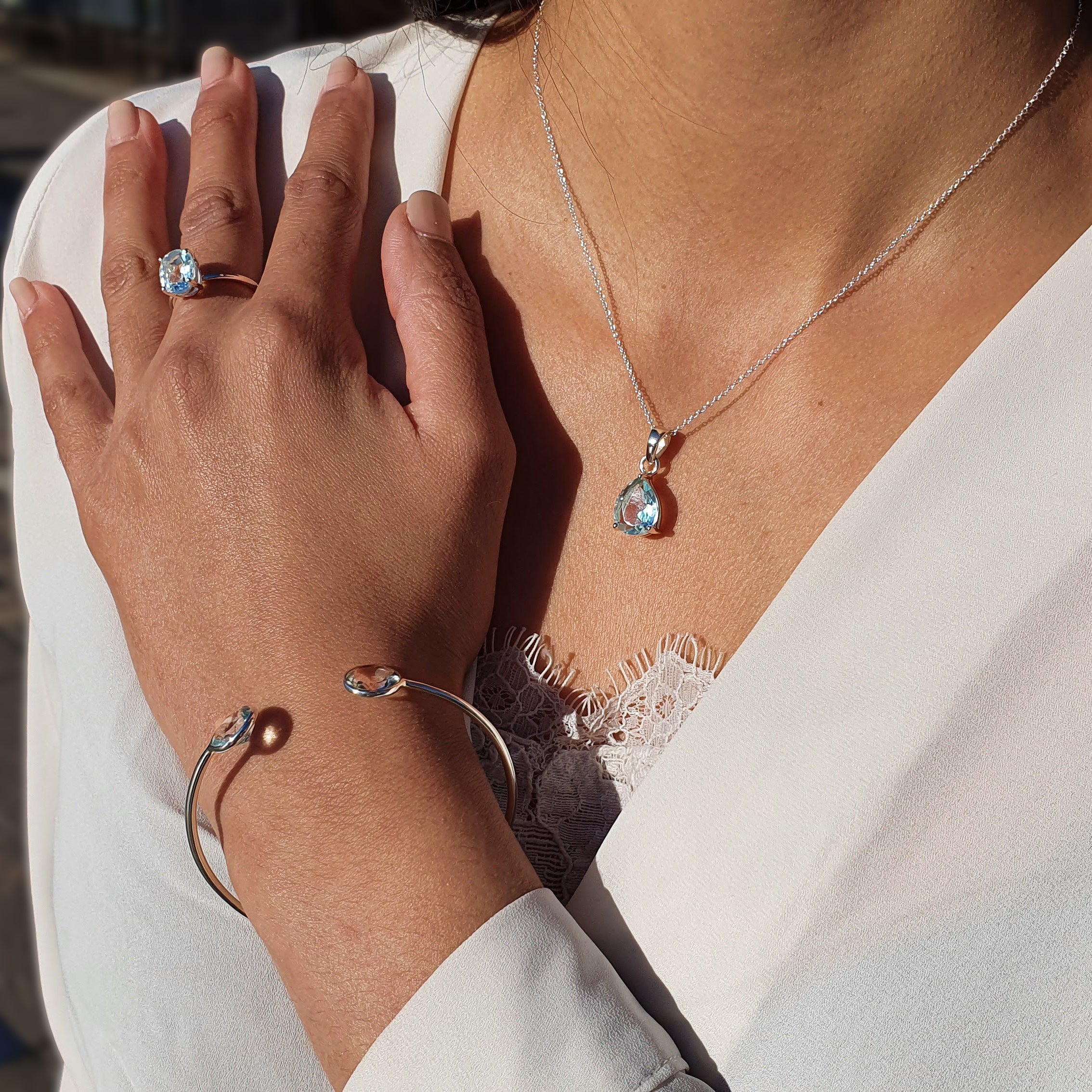
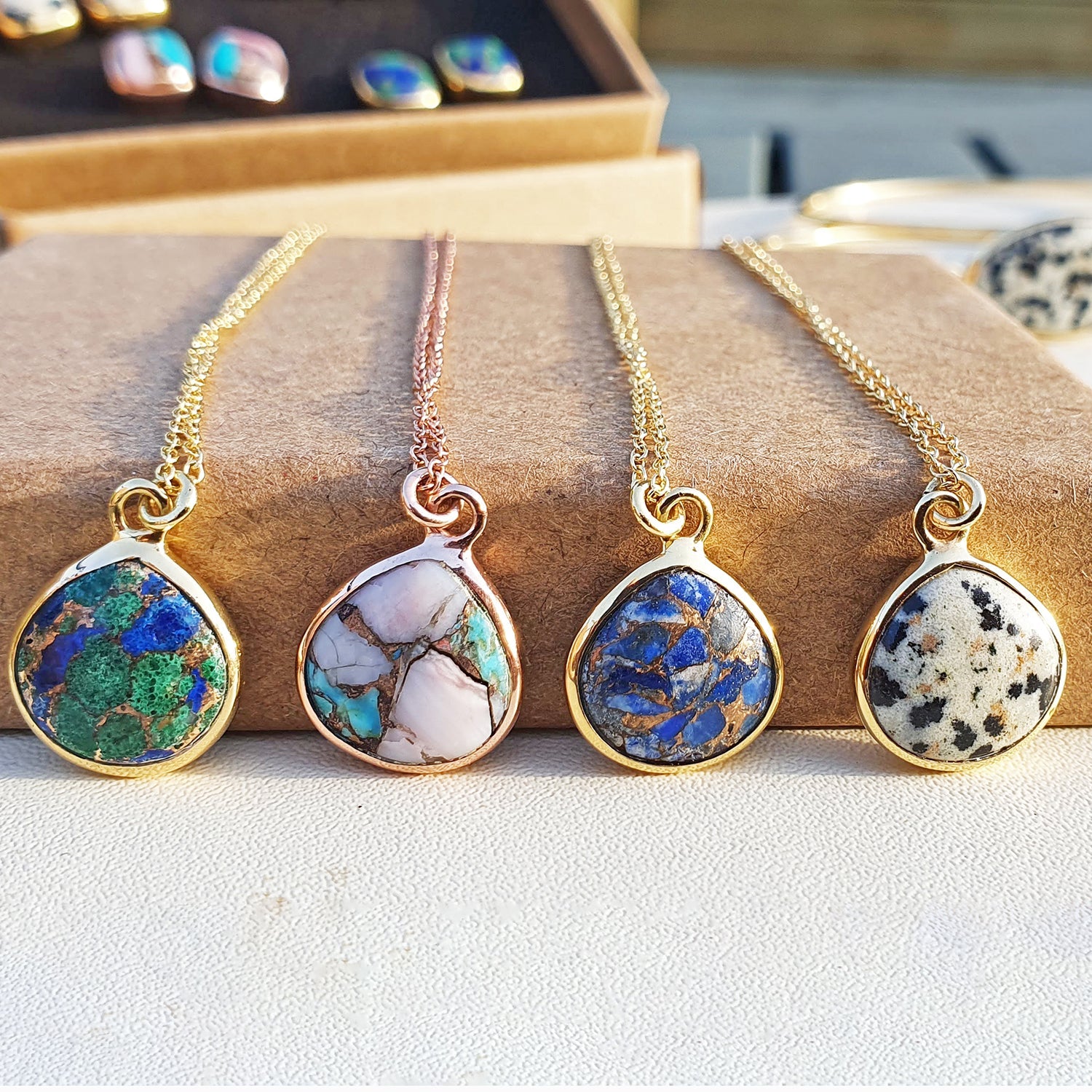
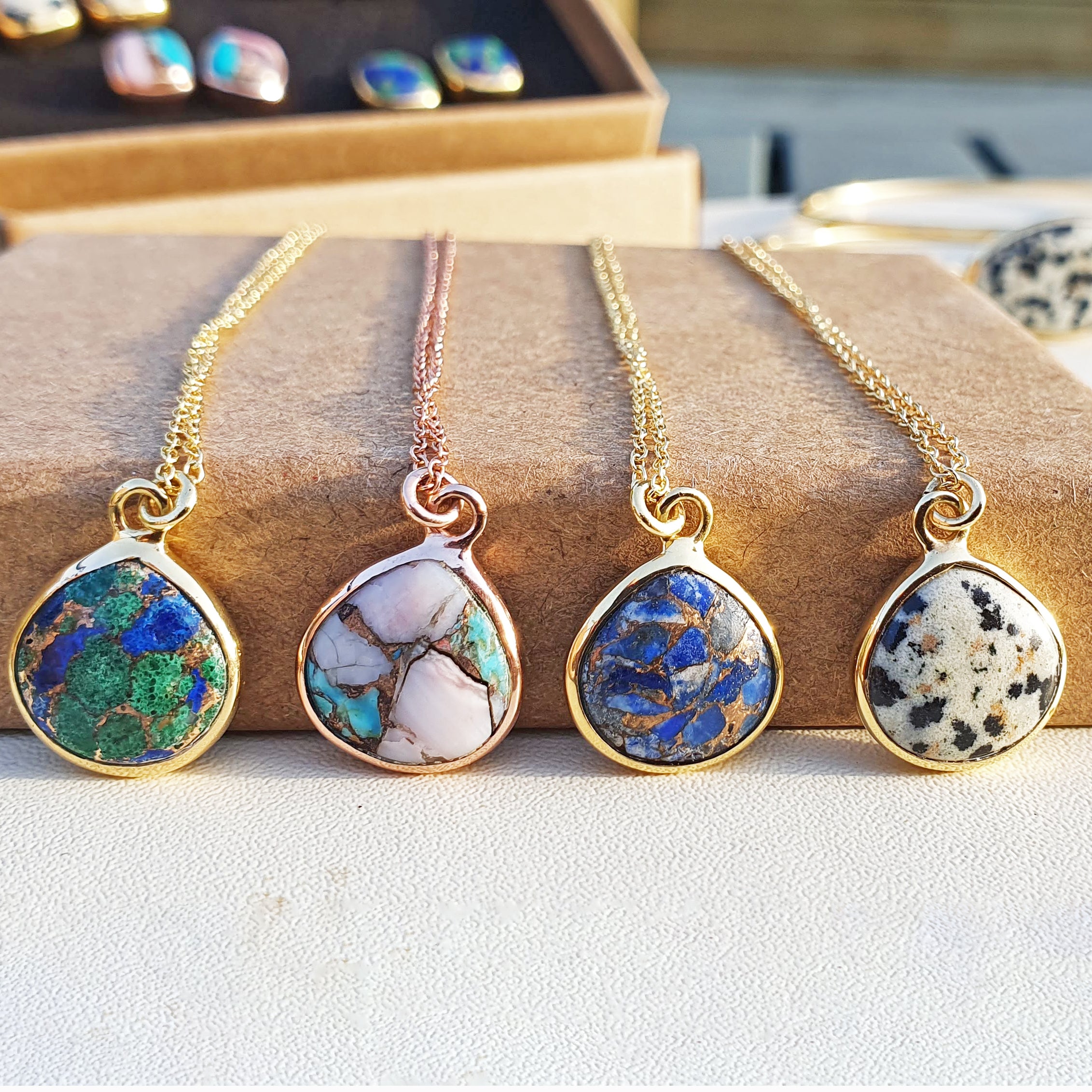
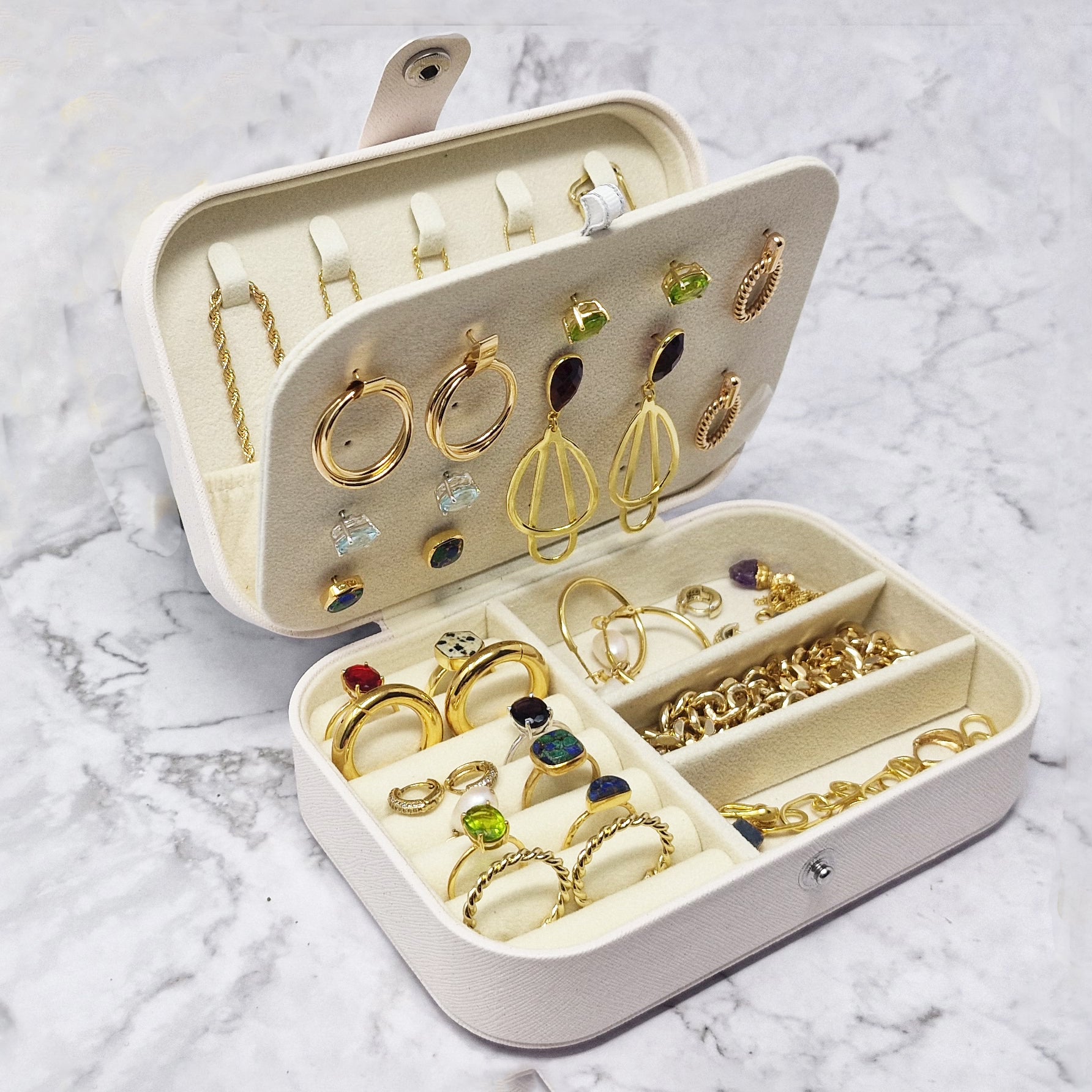
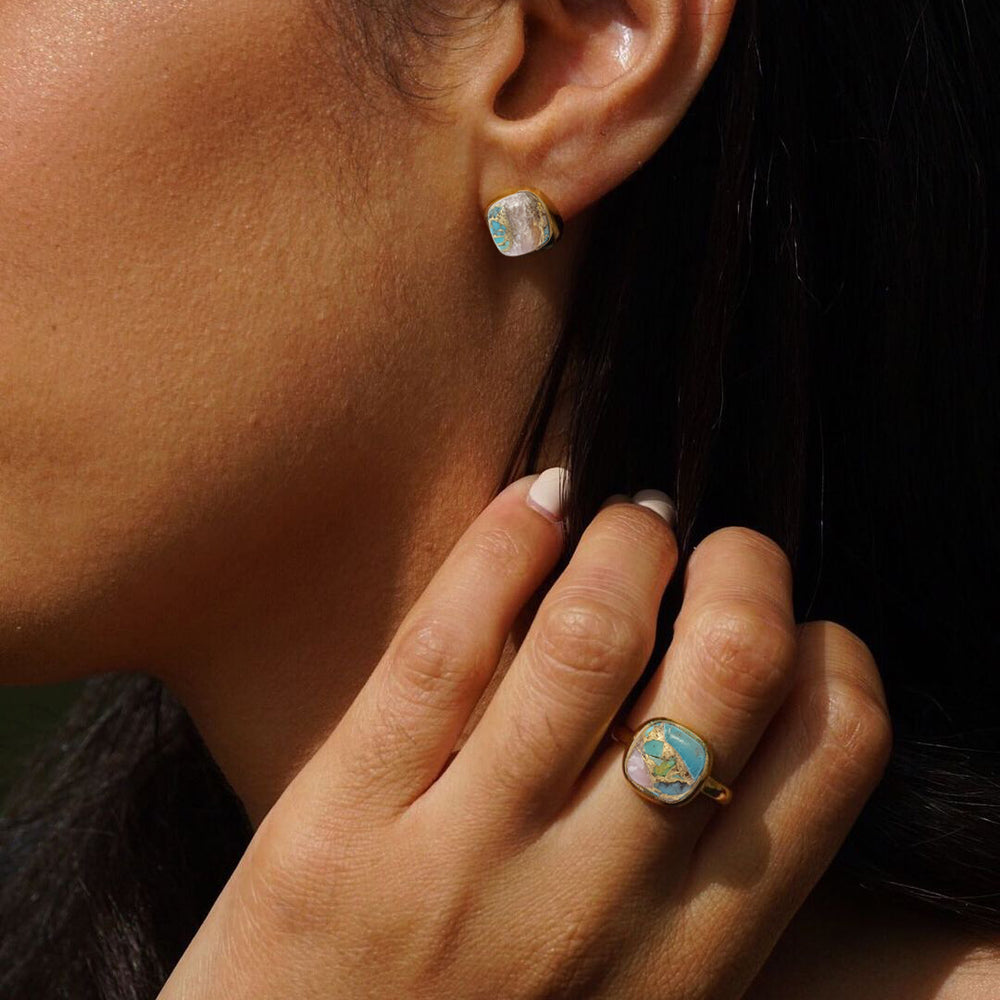






Leave a comment